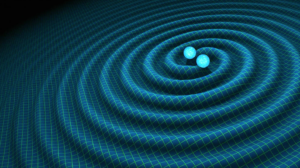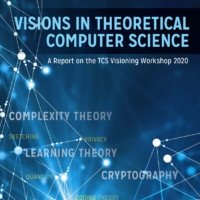Using AI to Detect Gravitational Waves
 Gravitational waves, ‘ripples’ in space-time caused by some of the most violent and energetic processes in the Universe, were first predicted by Albert Einstein in 1916 in his general theory of relativity. Proof of their existence didn’t arrive until 1974. Then on September 14, 2015 the Laser Interferometer Gravitational-Wave Observatory (LIGO) physically sensed the undulations in spacetime caused by gravitational waves generated by two colliding black holes 1.3 billion light-years away.
Gravitational waves, ‘ripples’ in space-time caused by some of the most violent and energetic processes in the Universe, were first predicted by Albert Einstein in 1916 in his general theory of relativity. Proof of their existence didn’t arrive until 1974. Then on September 14, 2015 the Laser Interferometer Gravitational-Wave Observatory (LIGO) physically sensed the undulations in spacetime caused by gravitational waves generated by two colliding black holes 1.3 billion light-years away.
Now, Computing Community Consortium (CCC) Council member Ian Foster (Argonne National Laboratory and University of Chicago) and his colleagues have published a paper in the journal Nature Astronomy showing that the hunt for gravitational waves across the universe can be supercharged by using artificial intelligence. They were able to successfully process an entire month’s worth of advanced LIGO data in just seven minutes, using reusable artificial intelligence (AI) models, identifying all four binary black hole mergers previously identified in this dataset and reporting no misclassification.
“As a computer scientist, what’s exciting to me about this project is that it shows how, with the right tools, AI methods can be integrated naturally into the workflows of scientists — allowing them to do their work faster and better — augmenting, not replacing, human intelligence,” Ian Foster, said in the Argonne National Laboratory Press Release.
See the Accelerated, scalable and reproducible AI-driven gravitational wave detection Nature Astronomy paper here for more information.









